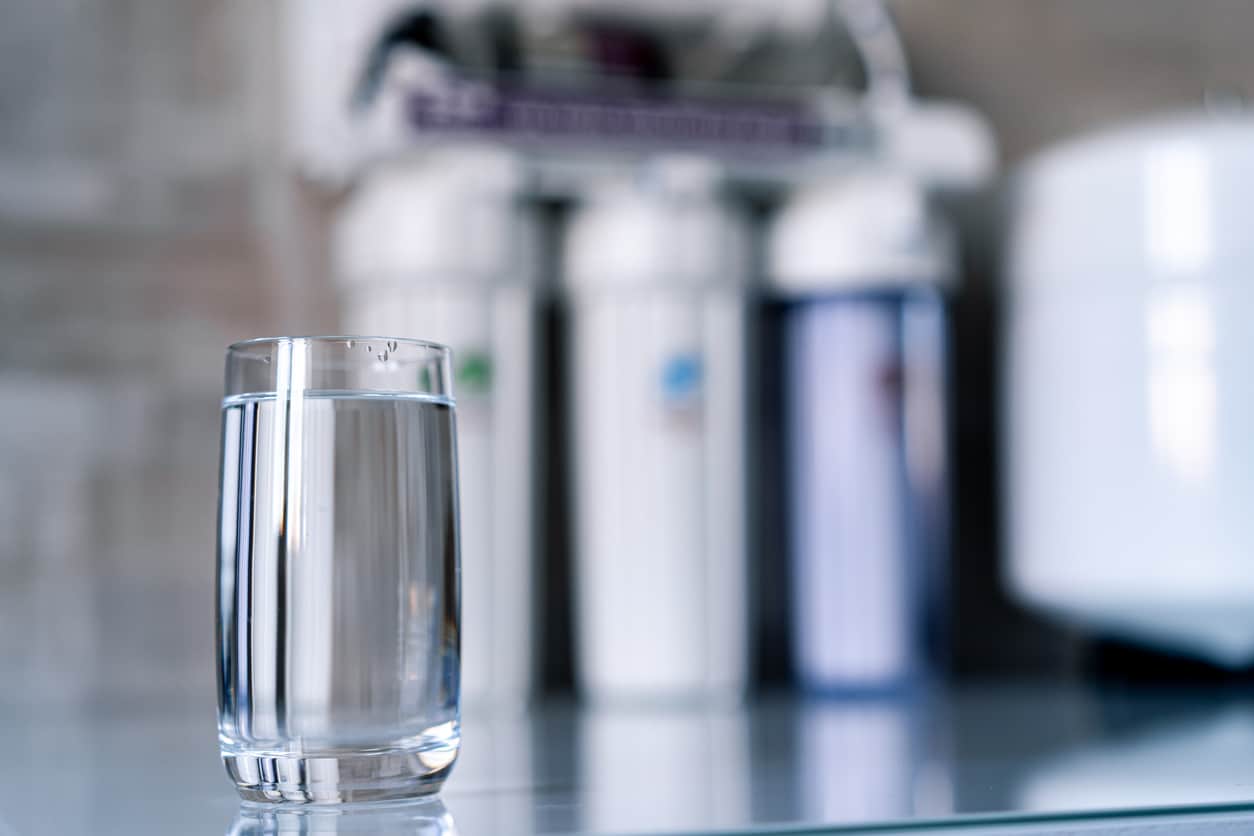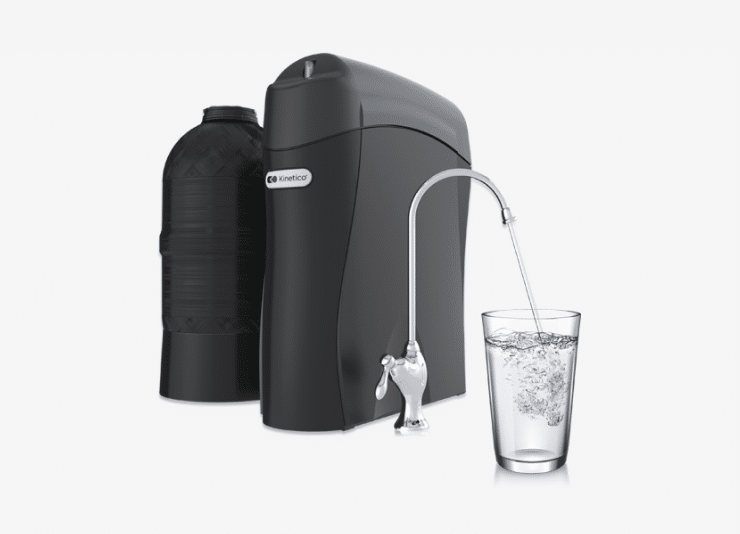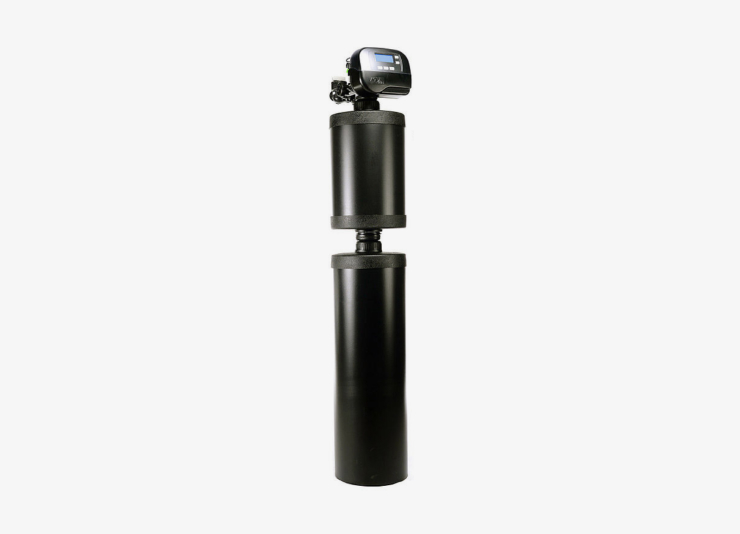
Iron From Drinking Water: Signs, Effects & How To Remove
What are the Signs of Iron in Water?
There are several clear signs that iron has infiltrated a water supply. Firstly, vegetables cooked in iron-rife water will turn a black color; tea and coffee will also turn black. Other signs include brown, yellow or reddish stains on laundry and washing-up and plumbing fixtures.
It's worth noting that iron does not present a health hazard; it is used in the human body to make red blood cells that carry oxygen to various parts of human tissue. Iron is part of a healthy diet and can be found in red meat, beans and nuts.
The problem is that some bacteria in the water supply thrive on iron. When bacteria breed in the water supply, the result is water with a thick layer of reddish scum on the top. The bacteria will also turn the water a yellow or reddish color. Too much iron in the water supply will also clog appliances like sprinklers, dishwaters, pipes and pumps.
The easiest way to check whether there is an overabundance of iron in your water supply is to get it tested in a laboratory. It's also worth checking the levels of other contaminants, such as lead, arsenic and manganese. A laboratory test will also reveal the exact concentration of iron in the water, which will assist in finding the right solution for removing it from the water as well as whether a rust filter for well water is necessary.
How Does Iron Get In Water Supplies?
Iron is a natural part of the earth's crust but can be problematic if overly abundant in water supplies. Usually found in concentrations around 10mg per liter in drinking water, it can build one of two ways. Firstly, rainwater or melted snow on the earth's surface can soak through rocks or soil containing iron, transporting it into the water supply. Rainwater with dissolved iron can also drain into local water sources, such as rivers and lakes, contaminating the local water supply. Alternatively, iron can contaminate water sources through the corrosion of iron or steel water pipes.
How do I Remove Iron From a Water Supply?
There are several options for removing iron in water. One good option is water softener systems for homes, which naturally filters out minerals such as iron, magnesium and calcium. However, as iron can quickly build into large deposits, it's necessary to do regular backwashes of the water softener. Water softeners offer an array of other benefits, such as fresh-tasting water that allows easy cleaning and prevents buildup in pipes and household appliances.
However, a water softener might not be the best solution depending on the local water hardness. If the problem is a contaminated well, it might be necessary to construct a new well, or use a different water source.
Finding The Best Way To Remove Iron From Well Water
If in doubt about the best way to remove iron from well water, it's best to get in touch with a specialist who can advise on the right course of action for purifying and restoring your water supply with iron filters for well water. Don't delay - the longer you leave it, the worse the problem can become.


$200 OFF Any Water System Installation
You’re one step closer to your water solution!
*Cannot be combined with any other offer













